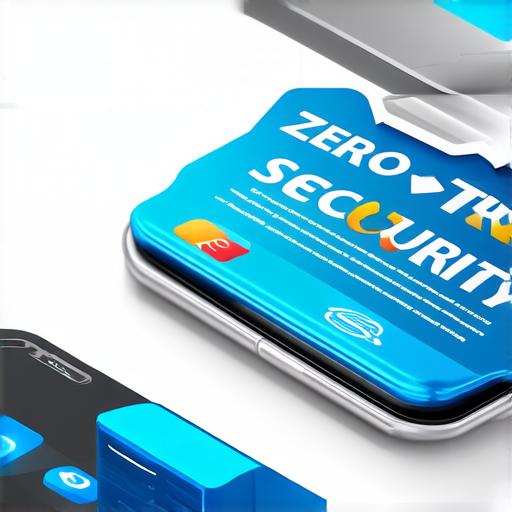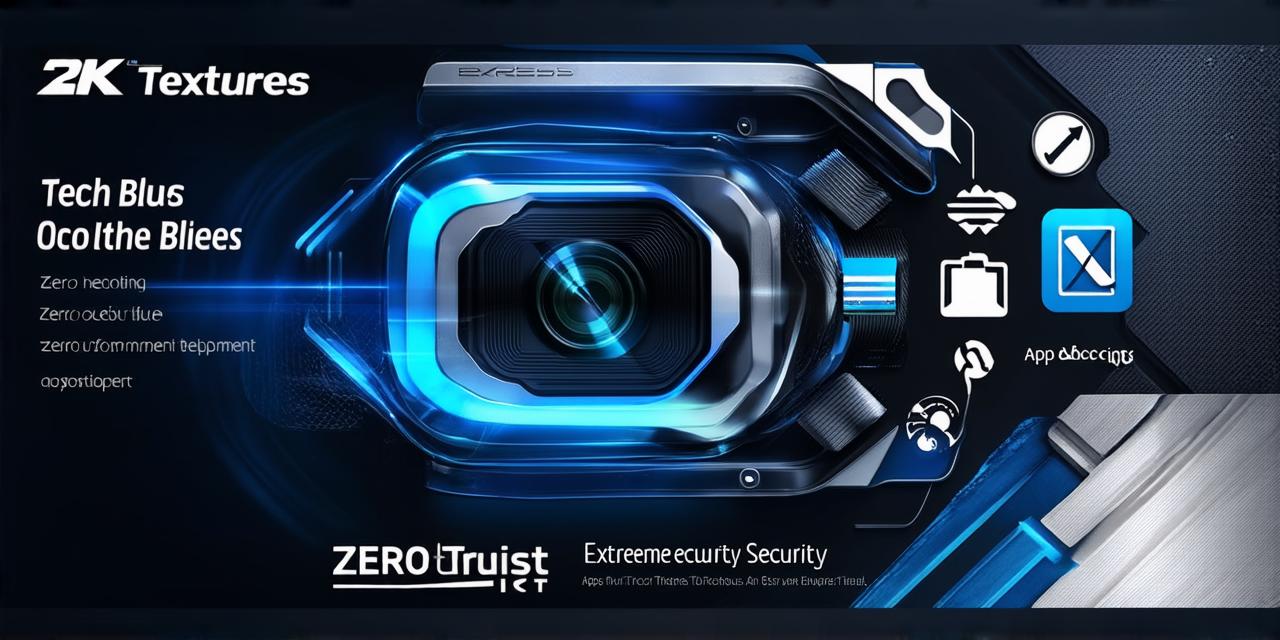Introduction:
Zero trust security has become an essential aspect of protecting sensitive data and preventing cyberattacks. In today’s fast-paced digital world, app developers need to ensure that their applications are secure from unauthorized access and malicious activities.
What is Zero Trust Security?
Zero trust security is an approach to network security that requires all users, devices, and applications to verify their identity before granting access to resources. It assumes that no one can be trusted implicitly, and therefore, every user and device must undergo strict authentication and authorization protocols. This approach provides an additional layer of protection by eliminating the risk of insider threats and reducing the attack surface for cybercriminals.
Types of Zero Trust Security Solutions:
There are several types of zero trust security solutions available for app developers, including:
- Identity and Access Management (IAM) solutions: IAM solutions provide a comprehensive solution to manage user identities and access rights. It includes authentication, authorization, and identity verification protocols to ensure that only authorized users can access resources.
- Network Segmentation: Network segmentation involves dividing the network into smaller, isolated segments, each with its own security policies. This approach ensures that even if an attacker gains access to one segment, they cannot move laterally across the network.
- Microsegmentation: Microsegmentation is a more granular approach to network segmentation that divides the network into smaller, isolated segments. It provides a higher level of protection by isolating applications and data from each other.
- Application Control: Application control solutions provide fine-grained control over which applications can access resources. It ensures that only authorized applications can access sensitive data and prevents malicious activities from compromising the application.
- Data Loss Prevention (DLP): DLP solutions help prevent data breaches by monitoring and controlling data movement within the organization. It ensures that sensitive data is not leaked or stolen by unauthorized users.

Choosing the Best Zero Trust Security Solution for App Developers
The best zero trust security solution for app developers depends on several factors, including the type of application, the size of the organization, and the level of sensitivity of the data. Here are some key considerations to keep in mind when choosing a zero trust security solution:
- Scalability: The zero trust security solution should be scalable to accommodate the growth of the organization. It should be able to handle an increasing number of users, devices, and applications without compromising performance.
- Ease of implementation: The zero trust security solution should be easy to implement and manage. It should not require extensive training or resources to deploy and maintain.
- Compliance: The zero trust security solution should comply with relevant regulations and standards, such as GDPR, HIPAA, and PCI-DSS.
- Integration: The zero trust security solution should integrate seamlessly with existing infrastructure and applications. It should not require significant changes to the existing architecture.
- Cost: The zero trust security solution should be cost-effective and provide a good return on investment (ROI). It should not break the bank and should provide value for money.
Case Study: Implementing Zero Trust Security in a Healthcare App
A healthcare app developer implemented a zero trust security solution to protect sensitive patient data from unauthorized access and malicious activities. The solution included identity and access management, network segmentation, and application control protocols. As a result, the organization was able to prevent several data breaches and ensure compliance with relevant regulations, such as HIPAA.
FAQs
1. What is zero trust security?
Zero trust security is an approach to network security that requires all users, devices, and applications to verify their identity before granting access to resources.
2. What are the types of zero trust security solutions?
The types of zero trust security solutions include identity and access management, network segmentation, microsegmentation, application control, and data loss prevention.
3. How do I choose the best zero trust security solution for my app?
When choosing a zero trust security solution, consider factors such as scalability, ease of implementation, compliance, integration, and cost.
4. What are some benefits of implementing zero trust security in an app?
Implementing zero trust security in an app can prevent data breaches, ensure compliance with regulations, and provide better protection against cyber threats.
Summary:
Zero trust security is a critical aspect of protecting apps from unauthorized access and malicious activities. App developers need to choose the best zero trust security solution that fits their needs and provides comprehensive protection for their applications. By implementing a zero trust security solution, app developers can ensure that their sensitive data is secure and protected from cyber threats.



